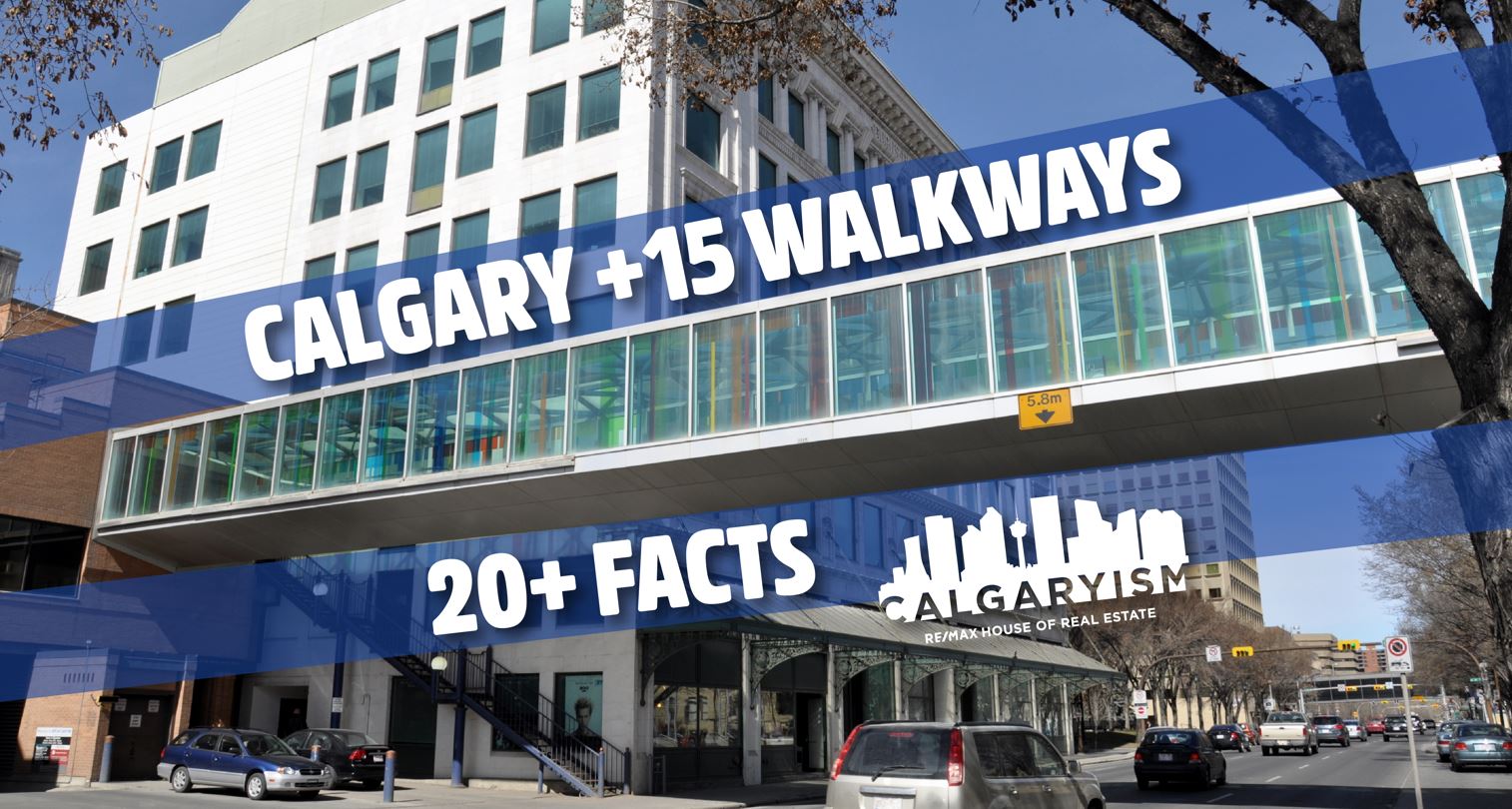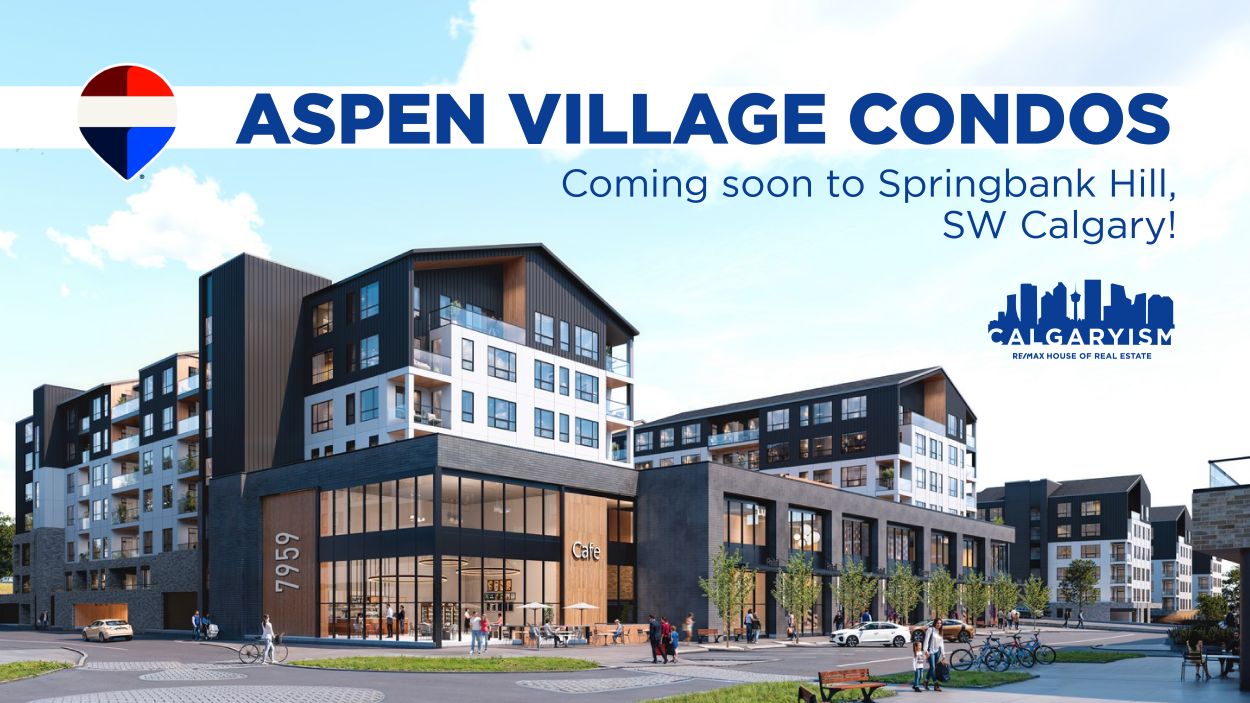Main Content
Blog
- November 30, 2025
- Cody Battershill
Why has Calgary consistently ranked as one of the best places to live in the world? While the EIU’s Most Livable Cities Survey ranked our city amo...
- November 29, 2025
- Cody Battershill
Looking for Calgary's best rental condos? Below, we’ve compiled information on the top 20+ new Calgary apartments for rent, with a focus on the ...
- November 27, 2025
- Cody Battershill
What are the best Calgary winter festivals coming for the 2025-2026 season? With a rapidly growing cultural scene over the past decade, our city o...
- November 26, 2025
- Cody Battershill
Also known as Calgary's "Skywalk," the downtown core's network of "plus 15" walkways is one of the most extensive of its kind. Spanning more than ...
- November 25, 2025
- Cody Battershill
Aspen Village is an exciting new multi-phase condo development in pre-construction, coming soon to the highly sought-after community of Springbank...
- October 31, 2025
- Cody Battershill
Looking for some delicious breakfast or brunch close to home? There’s a handful of awesome restaurants where you’ll find some of the best brea...
- October 29, 2025
- Cody Battershill
Calgary is well known for its extensive pathway and park system that interconnects communities across the city. With over 8,000 hectares of parks ...
- October 28, 2025
- Cody Battershill
The term “infill” describes a form of residential construction in which a new home is built on an older lot, with the old structure being demo...
- October 26, 2025
- Cody Battershill
Best Restaurants for "Chicken Wing Mondays" in Calgary
Wednesday is when many Calgary restaurants feature more-than-affordable chicken wing deals a...
- October 24, 2025
- Cody Battershill
Choosing between an attached and detached home is a crucial decision you'll make when buying real estate. Each option comes with its own set of pros...
- September 30, 2025
- Cody Battershill
16 Family-Friendly Communities in Calgary
What are the best neighbourhoods in Calgary for families? This question can be hard to answer, as our cit...
- September 29, 2025
- Cody Battershill
So you’ve found your winter attire at the bottom of the closet and have stocked up on your favourite hot drinks and soups. You are ready for below...












